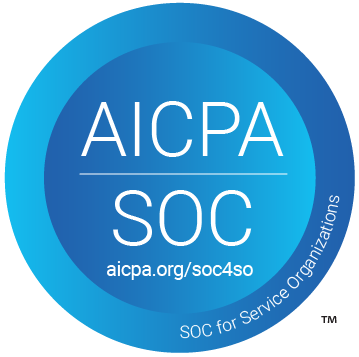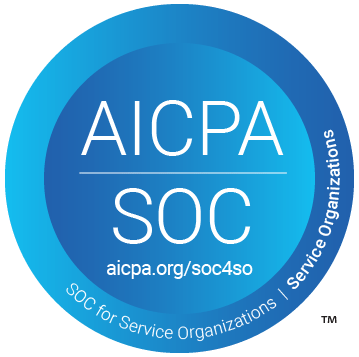Learn how to automate WhatsApp messages for Cognito Forms submissions using Pabbly Chatflow in this step-by-step tutorial. Discover practical methods for designing chat sequences that capture leads, answer questions, and guide users to the next step in your funnel.
Watch Step By Step Video Tutorial Below
1. Introduction to Pabbly Chatflow and Its Role
Pabbly Chatflow is an essential tool for automating WhatsApp messages upon receiving submissions from Cognito Forms. In this tutorial, we will explore how to set up Pabbly Chatflow to send WhatsApp messages automatically to leads generated from Cognito Forms submissions. By utilizing Pabbly Chatflow, businesses can enhance their communication efficiency. using Pabbly Connect
To begin, you need to access Pabbly Chatflow through the Pabbly website. Once logged in, you can create workflows that will automate your messaging process. This integration ensures that every submission made via Cognito Forms triggers an immediate WhatsApp message to the lead, enhancing engagement and response times.
2. Setting Up Cognito Forms for Integration with Pabbly Chatflow
To integrate Cognito Forms with Pabbly Chatflow, you first need to create a form in Cognito Forms where leads can submit their details. The objective is to capture this data and send a WhatsApp message automatically. Begin by logging into your Cognito Forms account and creating a new form. using Pabbly Connect
- Create a new form in Cognito Forms.
- Add fields for first name, last name, email, city, phone number, and apartment type.
- Enable the option to post data to a website.
After setting up the form, you must copy the webhook URL provided by Pabbly Chatflow and paste it into the appropriate section of your Cognito Forms settings. This step is crucial as it allows Cognito Forms to communicate with Pabbly Chatflow, ensuring that every new submission triggers the automation.
3. Creating a Workflow in Pabbly Chatflow
With your Cognito Forms set up, the next step is to create a workflow in Pabbly Chatflow. This workflow will define how the automation operates. Start by clicking on ‘Create Workflow’ in your Pabbly Chatflow dashboard. Name your workflow appropriately, such as ‘Send WhatsApp Message on Cognito Form Submission’. using Pabbly Connect
Choose the trigger application as Cognito Forms and select the trigger event as ‘New Entry’. This selection ensures that the workflow is activated whenever a new form submission occurs. After setting this up, copy the webhook URL generated by Pabbly Chatflow and paste it into your Cognito Forms webhook settings.
- Select ‘Cognito Forms’ as the trigger application.
- Set the trigger event to ‘New Entry’.
- Paste the webhook URL into Cognito Forms settings.
After saving these settings, you will be ready to test the automation. Ensure that Pabbly Chatflow is properly receiving data from Cognito Forms by submitting a test entry.
4. Sending WhatsApp Messages Using Pabbly Chatflow
Once your workflow is set up and tested successfully, the next step is to configure Pabbly Chatflow to send WhatsApp messages. In the action step of your workflow, select Pabbly Chatflow as the action application and choose the action event as ‘Send Template Message’. This action will allow you to send personalized messages to your leads. using Pabbly Connect
You will need to connect your WhatsApp account within Pabbly Chatflow. To do this, click on ‘Add WhatsApp Number’ and enter the required details such as the Meta Access Token and WhatsApp Business Account ID. This setup is crucial for enabling Pabbly Chatflow to send messages through the WhatsApp Cloud API.
Select ‘Pabbly Chatflow’ for the action application. Choose ‘Send Template Message’ as the action event. Enter your WhatsApp account details to connect.
After connecting your WhatsApp account, map the lead’s phone number from the Cognito Forms submission to the WhatsApp message action. This step ensures that the message is sent to the correct recipient. Finally, select the template message you created earlier to personalize your communication.
5. Testing and Verifying the Integration
With everything set up, it’s time to test the integration. Submit a new entry through your Cognito Forms and monitor Pabbly Chatflow to see if the WhatsApp message is sent successfully. You should receive a confirmation message in your WhatsApp inbox shortly after submission. using Pabbly Connect
If the message is not received, check the webhook settings in both Cognito Forms and Pabbly Chatflow to ensure everything is configured correctly. Also, verify that your WhatsApp number is active and connected to the WhatsApp Cloud API.
Once the integration is verified, you can enjoy the benefits of automated communication with your leads. This setup not only saves time but also enhances customer engagement by providing immediate responses to inquiries.
Conclusion
This tutorial provided a detailed guide on how to send WhatsApp messages on Cognito Forms submission using Pabbly Chatflow. By automating this process, businesses can improve lead engagement and response times significantly. Utilizing Pabbly Chatflow in this integration allows for seamless communication, enhancing overall customer satisfaction.
Ensure you check out Pabbly Connect to create business automation workflows and reduce manual tasks. Pabbly Connect currently offer integration with 2,000+ applications.
- Check out Pabbly Connect – Automate your business workflows effortlessly!
- Sign Up Free – Start your journey with ease!
- 10,000+ Video Tutorials – Learn step by step!
- Join Pabbly Facebook Group – Connect with 21,000+ like minded people!






